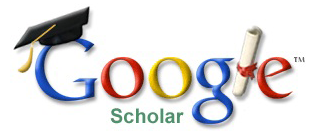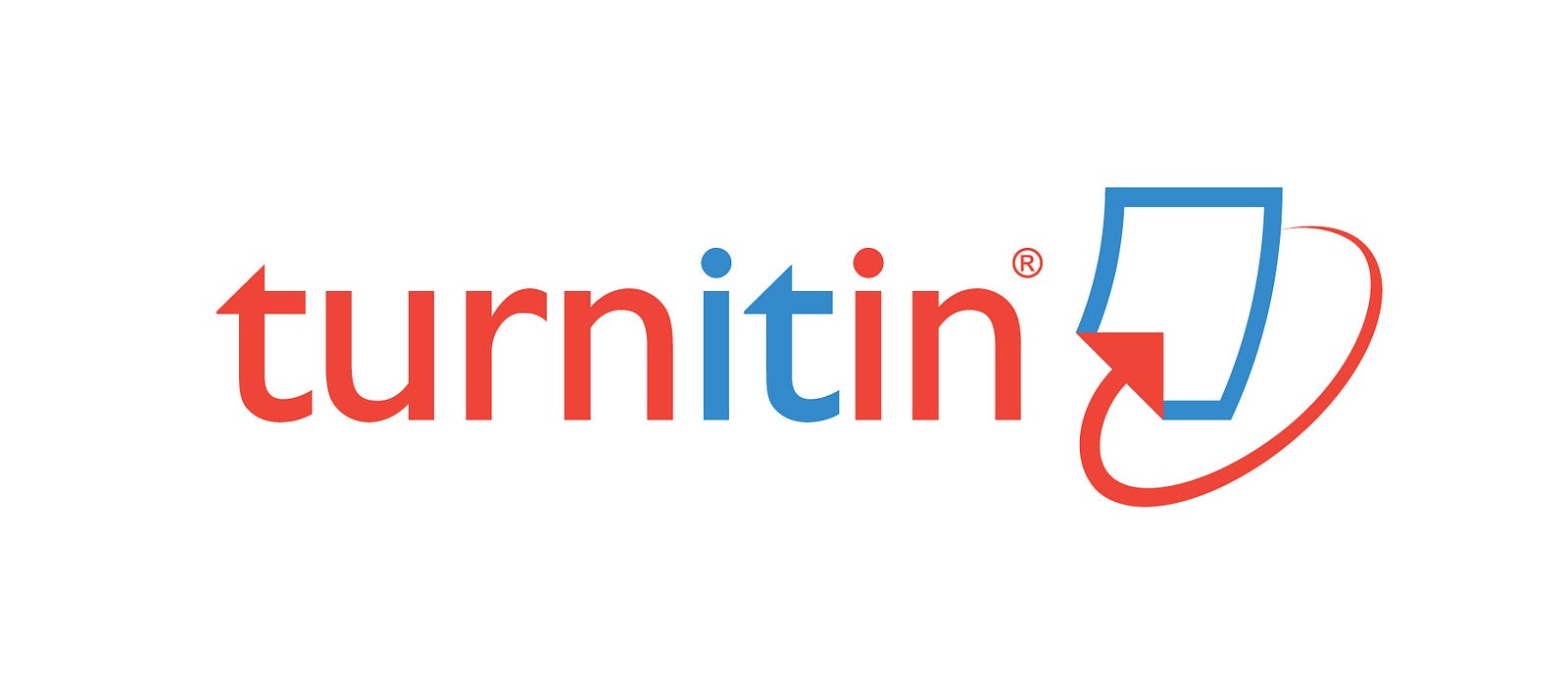Computer facilities, self-efficacy and computational thinking skills of MPLB students at SMKN 1 Boyolali
Abstract
Abstrak: Penelitian ini bertujuan untuk mengetahui Pengaruh Fasilitas Komputer dan Self Efficacy terhadap Computational Thinking Skill siswa. Penelitian ini menggunakan pendekatan kuantitatif korelasional, dengan teknik pengambilan sampel yang digunakan yaitu proportional stratified random sampling. Sampel yang digunakan dalam penelitian ini adalah 105 siswa dari kelas X dan XI jurusan Manajemen Perkantoran dan Layanan Bisnis SMK Negeri 1 Boyolali. Teknik pengumpulan data menggunakan kuesioner yang diadaptasi dari penelitian terdahulu. Teknik analisis data yang digunakan adalah PLS-SEM yang dianalisis dengan bantuan Smart-PLS versi 3.0. Temuan penelitian ini menunjukkan bahwa fasilitas komputer berpengaruh positif yang signifikan dalam meningkatkan computational thinking skill siswa sebesar 0,644. Sedangkan untuk Fasilitas komputer juga berpengaruh positif yang signifikan untuk meningkatkan self efficacy siswa sebesar 0,702. Temuan ini juga menunjukkan self efficacy memiliki pengaruh positif yang signifikan dalam meningkatkan computational thinking skill siswa sebesar 0,227. Temuan terakhir dalam penelitian ini juga menunjukkan self efficacy memiliki pengaruh positif yang signifikan dalam memediasi hubungan tidak langsung fasilitas komputer dalam meningkatkan computational thinking skill siswa sebesar 0,159. Hasil-hasil ini menunjukkan bahwa fasilitas komputer dan self efficacy sangat penting dalam meningkatkan computational thinking skill siswa, karena keseluruhan hasil analisis ini mendukung hipotesis yang diajukan.
Kata kunci : kemampuan kognitif; kondisi psikologi; PLS-SEM; teknologi komputer
Abstract: This study aims to examine the influence of computer facilities and self-efficacy on students’ computational thinking skills. This research employed a quantitative correlational approach, using proportional stratified random sampling as the sampling technique. The sample consisted of 105 students from grades 10 and 11 majoring in Office Management and Business Services at SMK Negeri 1 Boyolali. Data collection was conducted using a questionnaire adapted from previous studies. The data were analyzed using Partial Least Square Structural Equation Modeling (PLS-SEM) with the assistance of Smart-PLS version 3.0. The findings indicated that computer facilities had a significant positive effect on improving students’ computational thinking skills, with a coefficient of 0.644. Furthermore, computer facilities also had a significant positive effect on students’ self-efficacy, with a coefficient of 0.702. The results also showed that self-efficacy had a significant positive influence on improving students’ computational thinking skills, with a coefficient of 0.227. Lastly, the study revealed that self-efficacy significantly mediated the indirect relationship between computer facilities and students’ computational thinking skills, with a coefficient of 0.159. These results demonstrate that computer facilities and self-efficacy are crucial factors in enhancing students’ computational thinking skills, as the overall analysis supports the proposed hypotheses.
Keywords : cognitive ability; computer technology; PLS-SEM; psychological condition
Keywords
Full Text:
PDFReferences
Agbo, F. J., Oyelere, S. S., Suhonen, J., & Tukiainen, M. (2023). Design, development, and evaluation of a virtual reality game-based application to support computational thinking. Educational Technology Research and Development, 71(2). https://doi.org/10.1007/s11423-022-10161-5
Akbar, A., & Noviani, N. (2019). Tantangan dan solusi dalam perkembangan teknologi pendidikan di Indonesia. Prosiding Seminar Nasional Pendidikan Program Pascasarjana Universitas PGRI Palembang, 2(1), 18–25.
Ansori, M. (2020). Pemikiran komputasi (computational thinking) dalam pemecahan masalah. Dirasah: Jurnal Studi Ilmu dan Manajemen Pendidikan Islam, 3(1), 111–126. https://doi.org/10.29062/dirasah.v3i1.83
Aydeniz, M. (2018). Integrating computational thinking in school curriculum. In M. S. Khine (Ed.), Computational thinking in the STEM disciplines: Foundations and research highlights (pp. 253–277). Springer International Publishing. https://doi.org/10.1007/978-3-319-93566-9_13
Farid, A. (2024). Pengembangan keterampilan abad 21 di Pesantren Modern. 2(4), 393–401.
Fikriyah, E. R. (2022). Analisis kemampuan computational thinking siswa dalam menyelesaikan masalah matematika pada materi pola bilangan kelas VIII di SMP Negeri 2 Panti Jember (Unpublished thesis). UIN KH. Achmad Siddiq. http://digilib.uinkhas.ac.id/id/eprint/16104
Hair, J. F., Risher, J. J., Sarstedt, M., & Ringle, C. M. (2019). When to use and how to report the results of PLS-SEM. European Business Review, 31(1), 2–24. https://doi.org/10.1108/EBR-11-2018-0203
Hamid, M. R. A., Sami, W., & Mohmad Sidek, M. H. (2017). Discriminant validity assessment: Use of Fornell & Larcker criterion versus HTMT criterion. Journal of Physics: Conference Series, 890(1), 1–7. https://doi.org/10.1088/1742-6596/890/1/012163
Lemay, D. J., Basnet, R. B., Doleck, T., Bazelais, P., & Saxena, A. (2021). Instructional interventions for computational thinking: Examining the link between computational thinking and academic performance. Computers and Education Open, 2, Article 100056. https://doi.org/10.1016/j.caeo.2021.100056
Mendrofa, N. K. (2024). Computational thinking skills in 21st century mathematics learning. JIIP - Jurnal Ilmiah Ilmu Pendidikan, 7(1), 792–801. https://doi.org/10.54371/jiip.v7i1.3780
Mukhibin, A., Herman, T., A, E. C. M., & Utomo, D. A. S. (2024). Kemampuan computational thinking siswa pada materi garis dan sudut ditinjau dari self-efficacy. JPMI (Jurnal Pembelajaran Matematika Inovatif), 7(1), 143–152. https://doi.org/10.22460/jpmi.v7i1.21239
Prasetiyo, W. H., Naidu, N. B. M., Sari, B. I., Mustofa, R. H., Rahmawati, N., Wijaya, G. P. A., & Hidayat, O. T. (2021). Survey data of internet skills, internet attitudes, computer self-efficacy, and digital citizenship among students in Indonesia. Data in Brief, 39. https://doi.org/10.1016/j.dib.2021.107569
Saadon, S., & Liong, C.-Y. (2012). Perception of students on services at the computer laboratory: A case study at the School of Mathematical Sciences, Universiti Kebangsaan Malaysia. Procedia - Social and Behavioral Sciences, 59(October 2012), 117–124. https://doi.org/10.1016/j.sbspro.2012.09.254
Setyautami, C. (2020). Fungsi berpikir komputasional, kritis dan matematis dalam pembelajaran abad 21. Seminar Nasional Matematika Dan Pendidikan Matematika FKIP UMP, April, 236–243. https://seminarmat.ump.ac.id/index.php/semadik/article/view/298
Yahya, M., & Vitalocca, D. (2022). Penerapan kombinasi metode computational thinking dan model emergent learning untuk meningkatkan kemampuan problem solving siswa SMK. Garuda.Kemdikbud.Go.Id, 762–774. https://garuda.kemdikbud.go.id/documents/detail/3509193
Refbacks
- There are currently no refbacks.









